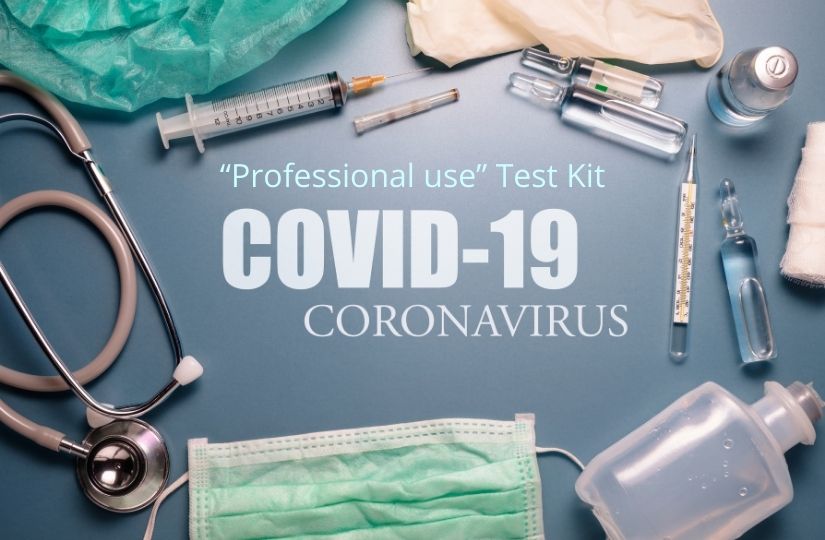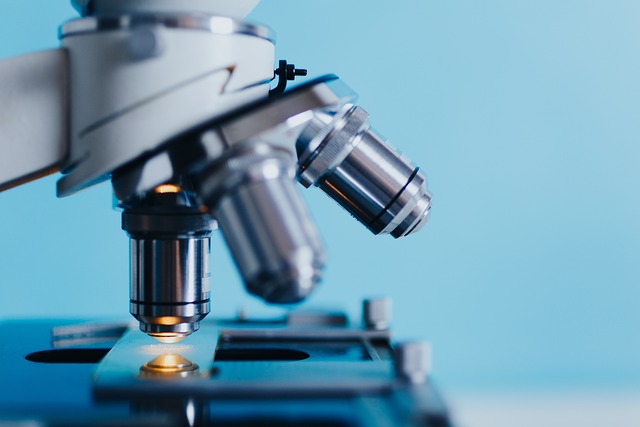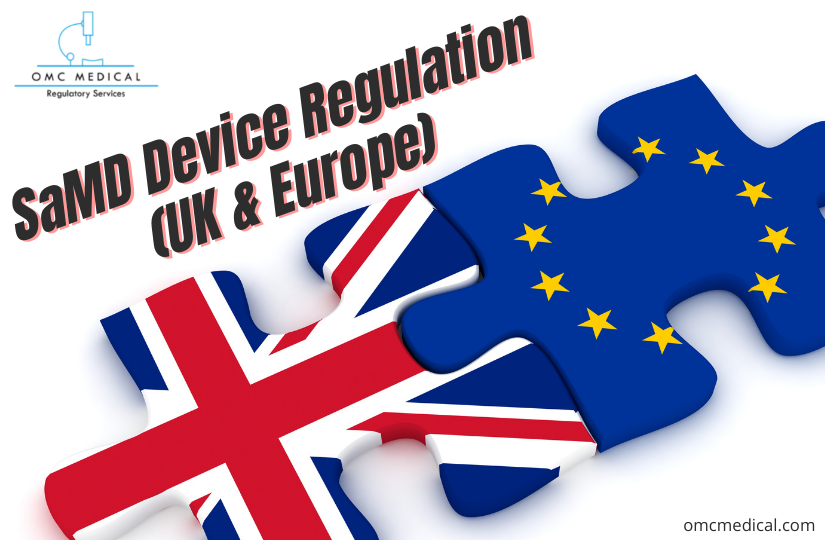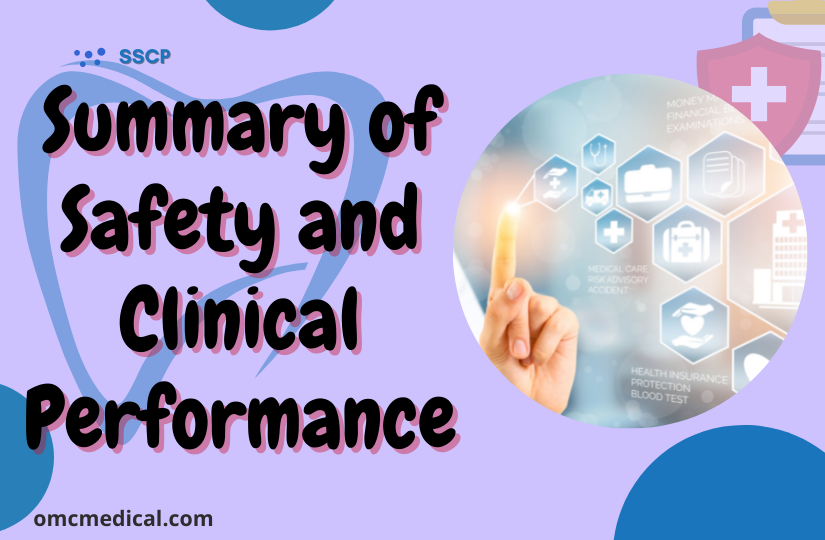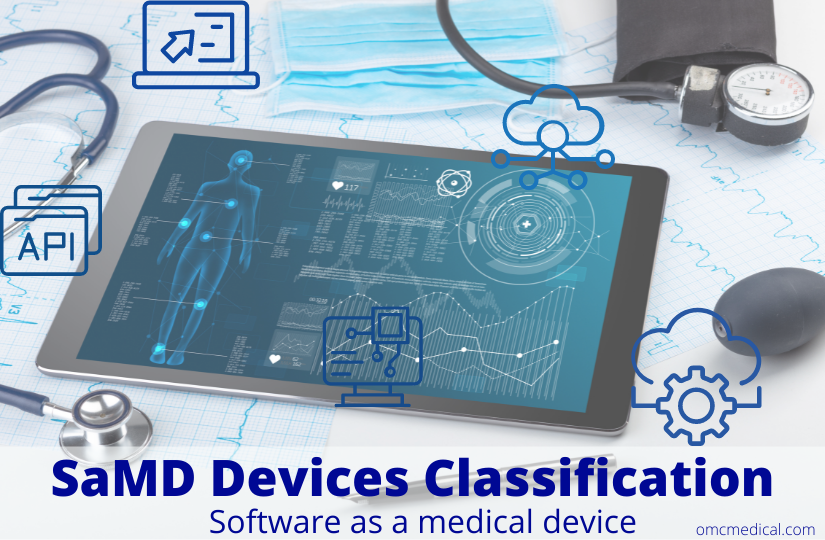UK
“Professional use” Test Kit – Procedure for registration in UK Novel Corona Virus Disease 2019 (COVID-19) is a different variety of disease that has never been seen in humans before, impacting being a pandemic, and affecting the world since the year 2020. One of the most difficult aspects of coronavirus is the ambiguity of not knowing who has been infected or whether it is safe to resume normal activities. Testing of high quality might assist provide assurance. However, no good thing...
Navigating Medical Device Regulations: A Comprehensive Guide to Market Access in Europe, Switzerland, and the UK
Introduction and Guide to Market Access In the intricate landscape of medical device regulations, successfully bringing products to market requires a thorough understanding of the varying requirements in different regions. This market access guide provides comprehensive insights into the European Union (EU), Switzerland, and the United Kingdom (UK) regulations, shedding light on crucial aspects such as Authorized Representatives, Importers, and other economic operators. Crafting your Marke...
Top 7 Guidance On Class I Medical Devices
The EU MDR 2017/745 imposes more stringent requirements for Class I devices. Under the new regulations, Manufacturers must righty classify a medical device and provide technical documentation following the device class. The risk class under MDD could change under MDR. In some cases, medical devices could be up classified from Class I medical devices to Class II a/b medical devices or Class III medical devices. Please read our article on the classification of medical devices to understa...
Testing Standard Requirements around the World
Medical device testing standard- an overview Medical device testing is a crucial step in manufacturing a product. This mandatory process ensures that the medical device is safe and effective. Testing of medical devices proves that the product complies with the standards and regulations of a country. Moreover, it also sheds light on any product defects. This article discusses the testing requirements and the applicable standards. Medical device testing applies to all medical devices, in-vitro dia...
Global ISO Requirements
What is ISO? ISO – International Organization for Standardization, is the international, non-governmental body for drafting and establishing technical and non-technical standards. These standards are developed by different committees within the International Organization for Standardization. Having around 165 member states, with one representative from each, International Organization for Standardization is a global entity catering to the needs of industry requirements. Are ISO standards impor...
Global Labelling Requirements
Label, Labelling vs Instructions for Use (IFU)? What are the minimum requirements for labeling? The ISO has published many standards applicable to the medical device industry. Some of them are as below: Standard Number Standard Name ISO 18113 In vitro diagnostic medical devices – Information supplied by the manufacturer (labelling) – Part 1, 2, 3, 4 and 5 ISO 28219 Packaging – Labelling and direct product marking with linear bar code and two-dimensional symbols ISO 15223 ...
Exceptional Use Medical Devices in the EU and UK
Medical devices conforming with the medical device regulations must have a conformity marking. Medical devices that do not conform may still be placed in the market, provided they apply through the exceptional use devices pathway. This article discusses the exceptional use requirements to be satisfied to gain access to EU and UK markets. In the UK, the UKCA marking displays that the device conforms to UK Medical Device Regulations 2002. Without UKCA marking, the devices can only be placed in the...
7 SaMD Device Regulation (UK & Europe)
Under both the EU MDR and the EU IVDR, the MDCG rules specify the conditions for a product to qualify as medical device software (MDSW). An MDSW product can enter the market in one of the ways: The former demands a lengthy regulatory process that includes a conformity assessment to determine whether the medical device meets EU MDR requirements. However, that rule does not apply to products in the latter group with the same rigour. As a result, MDSW, as an integral component of a medical d...
Summary of Safety and Clinical Performance (SSCP)
Summary of Safety and Clinical Performance (SSCP) acts as a vital document that allows the public to access information quickly. The information in the SSCP can be sourced entirely from the technical file. The technical file consists of the Post Market Surveillance (PMS), risk assessment, post-market clinical follow-up (PMCF) plans and reports. The SSCP document is required for high-risk devices only-this includes Class III and all implantable devices. Manufacturers of custom-made or investigati...
SaMD Devices Classification
SaMD is software intended for one or more medical purposes that perform these without being part of a hardware medical device. Medical device software is meant to be used, alone or in combination, for a purpose specified in the definition of a “medical device” in the MDR or IVDR, regardless of whether the software is independent or driving or influencing the use of a device. You can read more on the SaMD Regulation here. To be qualified as medical device software, the product must first...




